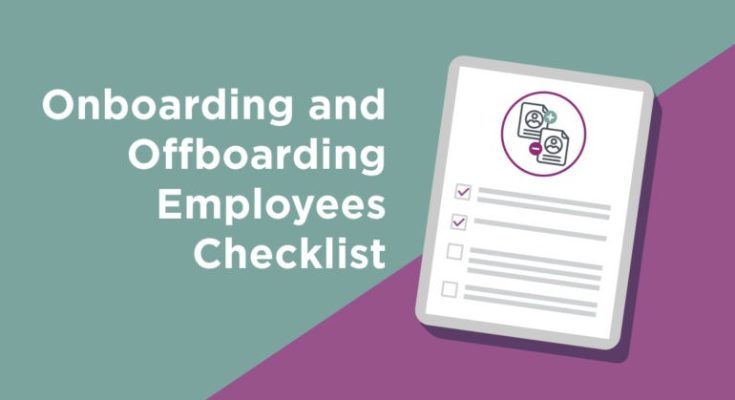The initial excitement of landing a new client is a well-deserved moment of triumph for any business. However, the true measure of a company’s commitment to excellence and its capacity for long-term success isn’t just in securing the deal; it’s in how effectively it transitions that new client from prospect to fully integrated partner. The onboarding process is far more than a mere administrative checklist; it is the crucial bridge between a signed contract and a thriving, productive relationship. A well-executed onboarding experience sets the tone for future interactions, builds trust, manages expectations, and ultimately lays the groundwork for client satisfaction and retention. Conversely, a haphazard or unclear process can quickly erode confidence, leading to frustration, miscommunication, and even premature churn.
The foundation of a successful client onboarding process lies in meticulous planning and a deep understanding of what the client needs to feel supported and informed. This preparation begins long before the actual “welcome” phase. It involves having clear internal protocols for every step: from contract finalization and payment processing to assigning a dedicated point of contact and preparing initial project briefs. Thinking through the client’s perspective is paramount here. What information will they need? What questions are they likely to have? What potential anxieties might they experience? By anticipating these elements, businesses can proactively address them, creating a smoother and more reassuring transition.
Once the deal is sealed, the first formal step in onboarding is a warm, personal welcome. This isn’t just a generic automated email; it’s an opportunity to reiterate enthusiasm for the partnership and to set a positive, professional tone. This might involve a personalized welcome email from the account manager, a brief video message, or even a small, thoughtful welcome kit. The goal is to make the client feel valued and excited about the journey ahead. During this initial communication, it’s crucial to clearly outline the very next steps, providing a roadmap for what they can expect in the coming days or weeks. This helps to alleviate any uncertainty and demonstrates an organized approach.
Following the initial welcome, a dedicated kick-off meeting or consultation is often invaluable. This meeting serves multiple purposes: it allows both parties to formally introduce key team members, review the project scope or service agreement in detail, clarify objectives, and establish preferred communication channels. This is also an opportune moment to gather any outstanding information or assets from the client that are critical for beginning the work. More importantly, it’s a chance to listen actively to the client’s specific needs, nuances, and any unspoken concerns. This dialogue helps to ensure alignment on expectations, identify potential red flags early, and establish a collaborative working relationship built on mutual understanding.
Crucially, effective onboarding prioritizes setting clear expectations regarding timelines, deliverables, and responsibilities for both sides. Ambiguity is the enemy of a smooth client relationship. Provide a detailed project timeline, outlining key milestones and anticipated delivery dates. Clearly define what inputs are required from the client and when. Explain the communication protocols – how often will updates be provided, and through what medium? Will there be weekly calls, shared dashboards, or email reports? Transparency in these areas reduces the likelihood of misunderstandings and allows the client to feel informed and in control throughout the process. This also builds accountability, as both parties understand their roles in achieving the desired outcomes.
As the engagement progresses, ongoing support and proactive communication become the hallmarks of an exceptional onboarding experience. This means more than just responding to client queries; it means anticipating their needs and providing relevant information before they even ask for it. This might include sharing progress reports, offering tutorials on new systems, or providing resources that help them maximize the value of your service. For software companies, this could involve well-structured training sessions and a comprehensive knowledge base. For marketing agencies, it might mean regular performance reviews and strategic insights. The aim is to make the client feel consistently supported and assured that their investment is yielding results.
Finally, the onboarding process isn’t truly complete until the client is fully integrated and deriving maximum value from your offering. This may involve a formal “graduation” phase, where initial support transitions to ongoing maintenance or regular check-ins. It also involves soliciting feedback on the onboarding experience itself. Did it meet their expectations? What could have been done better? This continuous improvement loop allows businesses to refine their processes, ensuring that each new client benefits from an increasingly optimized and delightful journey. By viewing onboarding not as a transactional necessity but as a strategic opportunity to forge strong, lasting partnerships, businesses can transform new clients into loyal advocates, contributing significantly to sustainable growth and reputation.



